How to Master Downsizing: Essential Tips for a Stress-Free Move
Most of us know the feeling—we stand in our homes, look at the stuff we've collected over the years, and wonder how to squeeze it all into a smaller place.


Most of us know the feeling—we stand in our homes, look at the stuff we've collected over the years, and wonder how to squeeze it all into a smaller place. Life changes push us toward downsizing. Sometimes, retirement, a new lifestyle, or money matters drive this decision.
My experience with helping many families downsize their homes has taught me a lot. This complete guide offers real-world tips and strategies that work. Let's explore everything from getting into the right mindset to keeping your momentum going throughout this experience. Together, we'll change what looks like an impossible task into something you can handle and maybe even find freeing.
Developing the Right Mindset for Downsizing
The experience of downsizing starts in our minds well before we pack the first box. My years of helping others downsize have taught me that success depends on the right mindset from day one.
Understanding emotional attachments to possessions
We all naturally form deep attachments to our belongings. Each item in our homes carries a story, a memory, or a part of our identity. You need to acknowledge these emotional connections without letting them take over. My clients learn that their memories and experiences live in their hearts, not in their possessions.
A clearer decision-making process begins when we see our belongings as memory vessels rather than the memories themselves. This shift helps us decide what truly deserves space in our next chapter.
Setting realistic expectations
Setting achievable goals stands out as one of the most significant downsizing tips. Moving to a smaller home requires time and patience. Here's what works best based on my experience:
- Break the process into smaller, manageable tasks
- Give yourself time to process emotions as they arise
- Accept that some days will be more productive than others
- Progress matters more than perfection
Creating a positive viewpoint on change
People who see this transition as a chance rather than a loss have the most successful downsizing stories. Feeling sad is natural, but focus on the freedom and possibilities that downsizing brings. Consider the reduced maintenance, lower costs, and extra time for activities you love.
This process isn't about giving up - it creates room for new experiences. Many clients who initially felt apprehensive told me how liberating it felt to release their excess possessions.
A positive mindset changes this seemingly overwhelming task into an experience of personal growth. Each item we keep or let go of becomes part of our conscious decision to create a more manageable and enjoyable living space.
Creating Your Downsizing Strategy
Downsizing requires more than the right mindset—it requires a well-laid-out strategy. My experience helping many families through this transition has taught me that treating downsizing as an organized project makes it nowhere near as daunting.
Assessing your future lifestyle needs
The first step involves clearly imagining your future lifestyle. I ask my clients to think about what activities bring them joy, how they want to spend their time, and which spaces are vital to their daily routine.
Space functionality is vital to moving to a smaller home. Most people use only 40% of their living space regularly. Understanding how you'll live in your new space helps you make better decisions about what stays and what goes.
Setting timeline and milestones
A realistic timeline streamlines the downsizing move. Here's how the process breaks down:
- Planning Phase (2-3 months)
- Assessment of new space requirements
- Creating inventory of current possessions
- Developing sorting system
- Action Phase (3-4 months)
- Room-by-room sorting
- Organizing donation runs
- Scheduling sale events
- Transition Phase (1-2 months)
- Packing kept items
- Coordinating movers
- Final space preparation
Establishing decision-making criteria
Clear criteria help maintain consistency in downsizing decisions. These factors guide my clients:
- Functional Value: Does it serve a specific purpose in your new lifestyle?
- Emotional Significance: Does it hold meaningful memories?
- Space Efficiency: Will it fit comfortably in your new home?
- Frequency of Use: Have you used it in the last year?
- Replacement Cost: Would it be more practical to rebuy if needed?
These criteria prevent decision fatigue and keep the focus on downsizing goals. Note that each item should earn its place in your new home by supporting your future lifestyle, not just preserving past memories.
This organized approach turns an overwhelming task into manageable decisions. My clients have successfully moved to their new homes and stayed peaceful throughout the process.
Making Peace with Letting Go
The most emotionally challenging part of downsizing is letting go of cherished possessions. My experience helping countless families through this process has taught me something valuable. The solution isn't to rush past our emotions but to acknowledge and process them carefully.
Dealing with sentimental items
Sentimental items need a different approach than regular belongings. My work with clients on downsizing to a smaller home has shown that starting with less emotional items is best. This helps build what I call our "letting go muscles" before we tackle the pieces that mean the most.
In my experience, a memory preservation system works well. Here's what I ask my clients to do before parting with sentimental items:
- Take photographs of special pieces
- Write down the stories behind treasured items
- Record video narratives about important belongings
- Create digital scrapbooks of memories
Processing emotional resistance
My work with downsizing moves has shown that emotional resistance comes from fear of losing our connections to the past. I felt overwhelmed during my downsizing trip, but sharing stories about my sentimental items made it easier to let go.
Our memories don't live in our possessions but in our hearts. I remind myself and my clients that keeping everything doesn't honor our memories. It creates clutter that stops us from embracing our present and future.
Celebrating progress and memories
My favorite downsizing tip involves what I call taking a "victory lap" with our belongings. This turns the letting-go process into a celebration instead of a loss. Here's how I guide my clients:
- Choose one sentimental item at a time
- Plan a special way to honor it
- Use or display it one final time
- Share its story with loved ones
- Document the memory
- Thank it for its role in your life
- Let it go with mindfulness
This method helps us process our emotions while we create new memories. I hosted a "memory tea party" using my grandmother's china before giving it to my niece. The celebration turned what could have been a sad moment into a joyful new memory.
Note that making peace with letting go doesn't erase our past. It creates space for our future while we honor our memories in ways more meaningful than keeping stuff.
Building Your Support System
Life doesn't require you to handle downsizing alone. My years of experience have taught me that a strong support system can make all the difference between feeling overwhelmed and feeling stronger during this transition.
Working effectively with family members
Family involvement in downsizing needs a delicate balance. Each family has different points of view about what holds value. Success starts with establishing clear roles and expectations. Here's a proven approach for family involvement:
- Assign specific tasks based on individual strengths
- Set clear timelines to prevent prolonged decision-making
- Create a system for handling disagreements
- Schedule regular check-ins to maintain progress
- Celebrate small wins together
Bringing an objective third party to arbitrate discussions can help if family dynamics become challenging.
Working with professional organizers
Professional organizers can streamline the downsizing process significantly. The best professional organizer should have these qualities:
- Certified Professional Organizer (CPO) credentials
- Experience with downsizing and senior moves
- Clear fee structure and timeline estimates
- Positive client references
- Specialized training in emotional support
- Flexibility in service offerings
The best professional organizers excel beyond organization—they become project managers, emotional supporters, and efficiency experts.
Finding emotional support resources
Emotional support matters just as much as practical help during downsizing. Employee Assistance Programs (EAPs) provide valuable resources during overwhelming times. These support options can help:
Professional counselors who specialize in life transitions Support groups for people going through similar changes Community organizations that understand downsizing challenges
The most successful downsizing moves involve a "support triangle"—family support for emotional connection, professional organizers for practical guidance, and mental health resources to process the transition.
The downsizing experience teaches us that asking for help shows wisdom, not weakness. Your transition becomes smoother when family members help sort belongings, professional organizers provide objective advice, and counselors offer emotional support. Each person in your support system plays a vital role.
Maintaining Momentum Through the Process
A downsizing project works like a moving train - it needs less energy to keep going than to restart from a dead stop. My years of helping families with their downsizing moves have taught me strategies that keep the process smooth, even when things get tough.
Overcoming decision fatigue
The biggest problem I see is killing momentum in any downsizing to a smaller home project
- They put off decisions forever
- They rush choices without thinking them over
- Simple decisions overwhelm them
- They feel physically and mentally drained
- Their belongings make them emotional
You can beat decision fatigue by setting clear limits on your decision-making. My advice? Set specific time blocks to sort things and limit decisions to three hours max per session. With my downsizing house clients, we take breaks often and save big decisions for times when we feel fresh.
Staying motivated during challenges
One of my favorite downsizing tips involves keeping a downsizing journal. This isn't just another notebook - it helps process emotions and track progress. I tell my clients to use their journals to:
- Write down daily wins, even tiny ones
- Talk about tough items and their emotional ties
- Make pro-con lists for hard decisions
- Write down memories tied to special items
- Set goals and mark milestones
When motivation drops, it helps to think about why you started downsizing. Your reasons might include financial freedom, easier upkeep, or living closer to family. These reminders can spark your determination again.
Tracking and celebrating progress
My work with countless downsizing moves shows that seeing your progress matters. You need a simple way to document your trip. Take "before" pictures of each space and celebrate as you transform them.
Progress tracking reveals patterns in how we make decisions. Seeing how far you've come makes it easier to push through tough spots. I tell my clients to celebrate wins big and small, from clearing a drawer to tackling the garage.
Note that progress isn't just about what you remove - it's about the clarity you gain. A visual record of your downsizing house tips keeps you focused on goals while motivating you for the next challenge.
The best downsizing projects include regular celebrations. You might enjoy a special dinner after finishing a room, share progress photos with friends, or just pause to appreciate your work. These celebrations fuel the positive energy needed to keep moving forward.
It's time
Downsizing means more than moving to a smaller space - it's an experience of personal growth and intentional living. My years of helping families direct this transition have shown how proper preparation, emotional processing, and strategic planning can turn an overwhelming task into an achievable goal.
Success stems from balancing practical steps with emotional needs. Sorting through belongings and making tough decisions can be challenging, but strong support systems and clear strategies make the process manageable. Downsizing allows us to focus on what truly matters in life.
Once you decide to downsize your home and prepare to move, go to Drifted.ai. Within 5 minutes, you can get a moving quote, book your move, ship a car, and donate items all from a single site.
Downsizing creates new possibilities. Each item we keep or release shapes our next chapter. The process might seem daunting initially, but the freedom and simplicity on the other side make every step worthwhile. Trust the process, celebrate your progress, and welcome the positive changes ahead.
FAQs
How can I reduce stress during a move? To minimize stress during a move, it's crucial to start planning early. Organize your tasks, give yourself ample time to handle them, prepare an essentials box for immediate needs, and remember to be kind to yourself throughout the process. Additionally, don't hesitate to seek help when needed.
What are some common mistakes to avoid when downsizing? When downsizing, avoid rushing into it without necessity, lacking a clear plan, neglecting to consider how your lifestyle fits with a smaller space, procrastinating, discarding too much too quickly, accepting unhelpful assistance, trying to tackle the entire house at once, and focusing solely on what you're losing rather than what you might gain.
What steps should I take to begin downsizing for a move? To start downsizing effectively, allocate sufficient time for the process, draft a detailed plan, categorize your belongings, and tackle one category at a time. Consider hosting a yard sale to get rid of items you no longer need, and consider renting a storage unit. Also, ensure that any new furniture purchases will fit in your downsized space.
Which items should I eliminate first when downsizing? Begin your downsizing process by removing duplicate items. This includes extra dishes, wall decorations, and storage containers that you don't need. With limited space, prioritize keeping your favorite items and either donating, selling, or disposing of the rest. Drifted suggests some of these locations that will pick up the items for you and even provide you with a tax benefit - https://drifted.ai/donate-items/.

